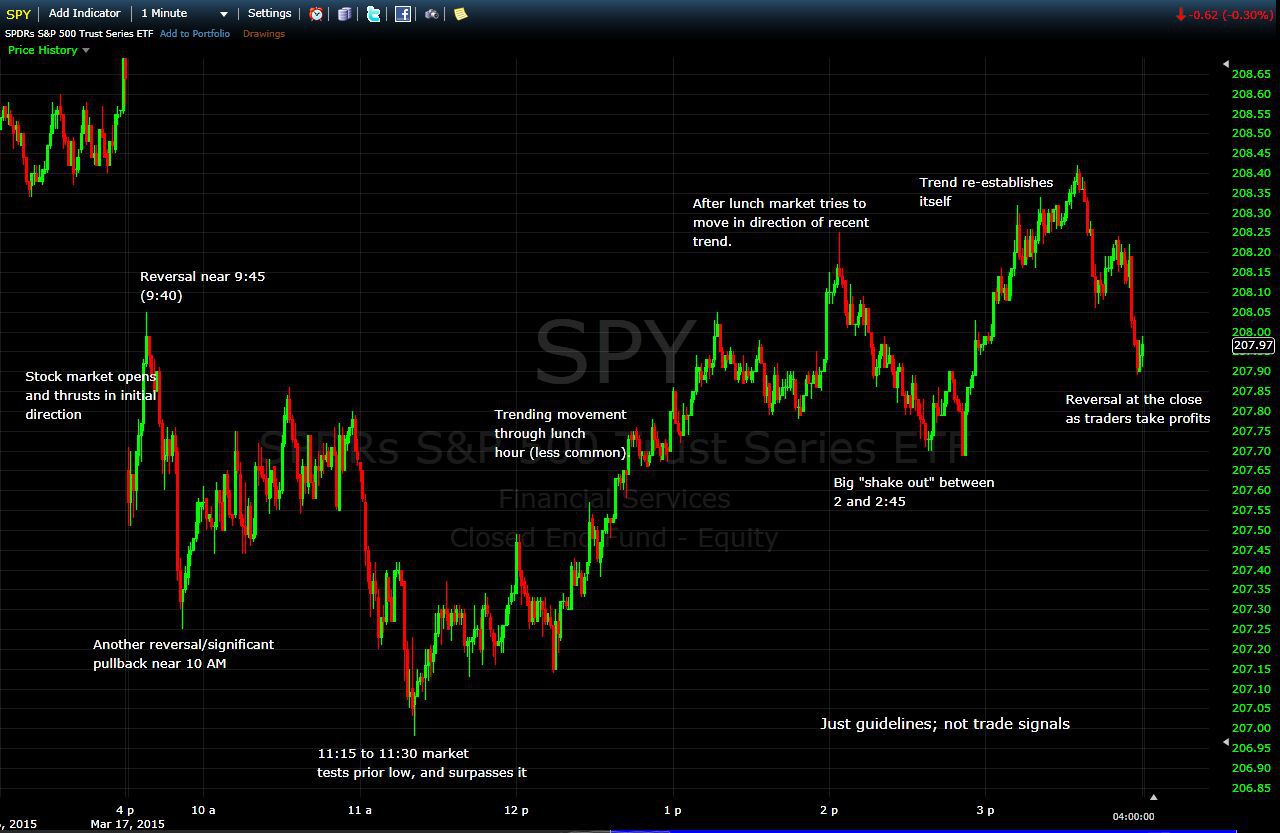
Stock Market Prediction using Machine Learning
The stock market plays a vital role in our daily lives, and its performance has a significant impact on a country’s GDP growth. The ability to predict stock prices is crucial for investors, financial institutions, and individuals alike. With the rise of machine learning, stock price prediction has become more accurate and reliable. In this article, we will delve into the world of stock market prediction using machine learning and explore its applications.
What is the Stock Market?
A stock market is a public market where shares of publicly listed companies are bought and sold. The stocks, also known as equities, represent ownership in the company. The stock exchange serves as an intermediary that allows the buying and selling of shares.
 Stock price fluctuations
Stock price fluctuations
Importance of Stock Market
The stock market has several importance:
- Helps companies to raise capital.
- Helps generate personal wealth.
- Stocks markets serve as an indicator of the state of the economy.
- It is a widely used source for people to invest money in companies with high growth potential.
Stock Price Prediction
Stock price prediction involves using machine learning algorithms to predict the future value of company stock and other financial assets traded on an exchange. The entire idea of predicting stock prices is to gain significant profits. Predicting how the stock market will perform is a hard task to do, as there are various factors involved, such as physical and psychological factors, rational and irrational behavior, and so on.
Predicting stock prices
Understanding Long Short Term Memory Network
One of the popular machine learning algorithms used for stock price prediction is the Long Short Term Memory Network (LSTM). LSTM is a type of Recurrent Neural Network for learning long-term dependencies. It is commonly used for processing and predicting time-series data.
LSTM Network
LSTM networks have a chain-like structure. General RNNs have a single neural network layer. LSTMs, on the other hand, have four interacting layers communicating extraordinarily.
LSTM network architecture
LSTMs work in a three-step process:
- The first step in LSTM is to decide which information to be omitted from the cell in that particular time step. It is decided with the help of a sigmoid function. It looks at the previous state (ht-1) and the current input xt and computes the function.
- There are two functions in the second layer. The first is the sigmoid function, and the second is the tanh function. The sigmoid function decides which values to let through (0 or 1). The tanh function gives the weightage to the values passed, deciding their level of importance from -1 to 1.
- The third step is to decide what will be the final output. First, you need to run a sigmoid layer which determines what parts of the cell state make it to the output. Then, you must put the cell state through the tanh function to push the values between -1 and 1 and multiply it by the output of the sigmoid gate.
Google Stock Price Prediction Using LSTM
Using LSTM, we can predict the stock prices of companies like Google. The process involves:
- Importing the necessary libraries.
- Loading the training dataset.
- Using the Open Stock Price column to train the model.
- Normalizing the dataset.
- Creating X_train and y_train data structures.
- Reshaping the data.
- Building the model by importing the crucial libraries and adding different layers to LSTM.
- Fitting the model.
- Extracting the actual stock prices of January 2017.
- Preparing the input for the model.
- Predicting the values for January 2017 stock prices.
- Plotting the actual and predicted prices for Google stocks.
 Google stock price prediction
Google stock price prediction
As we can see, the model can predict the trend of the actual stock prices very closely. The accuracy of the model can be enhanced by training with more data and increasing the LSTM layers.
Conclusion
Stock market prediction using machine learning has become a crucial tool for investors and financial institutions. With the rise of machine learning, stock price prediction has become more accurate and reliable. In this article, we explored the basics of the stock market and how to perform stock price prediction using machine learning. By following the steps outlined in this article, you can build your own stock price prediction model and gain valuable insights into the stock market.













